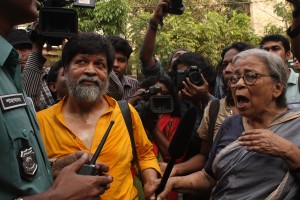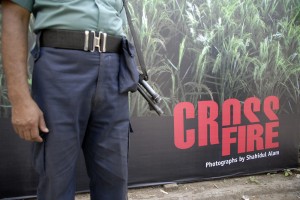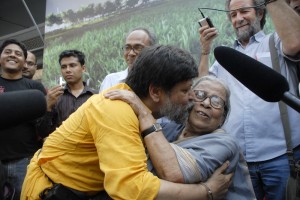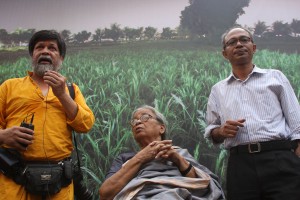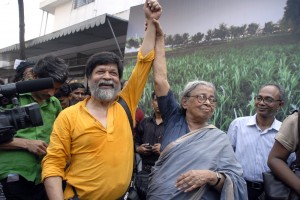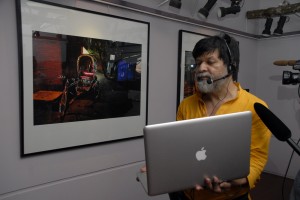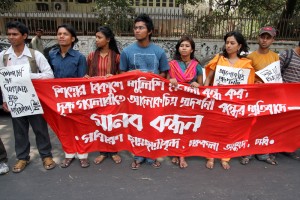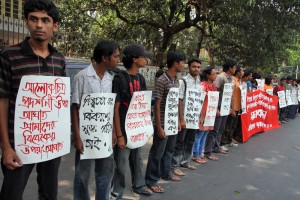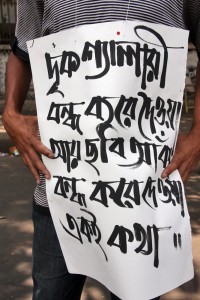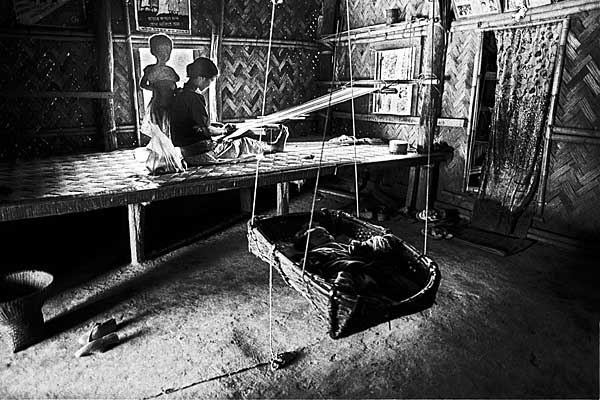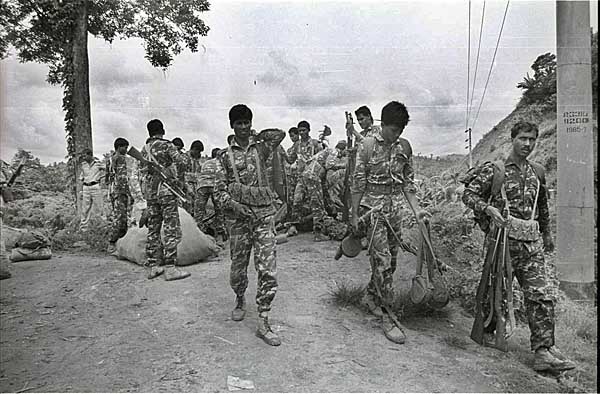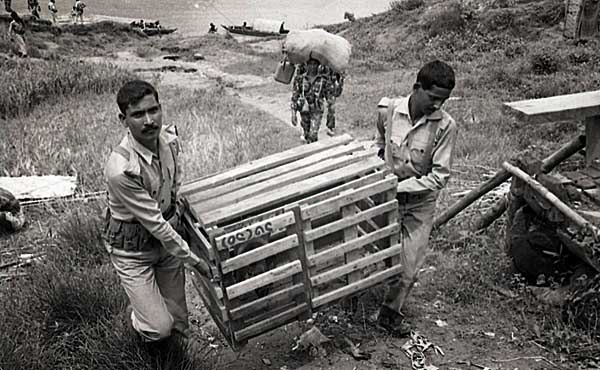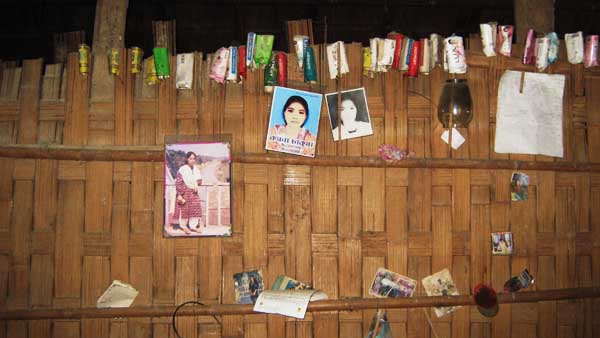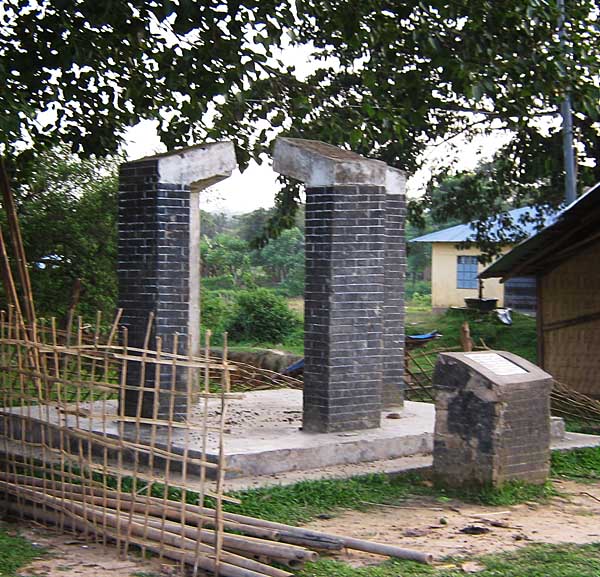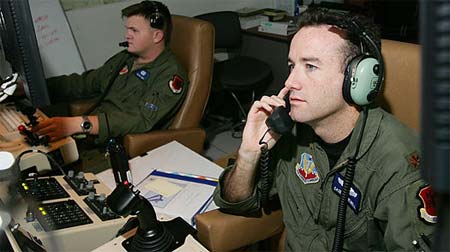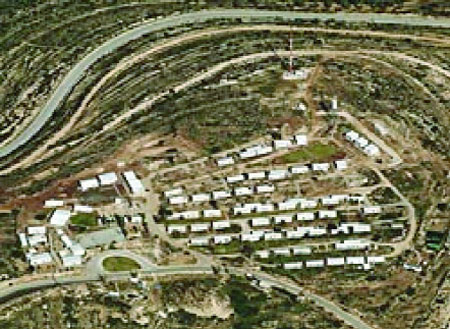Subscribe to ShahidulNews
![]()
BRUCE. E. WILSON, ?ISRAEL?S ?OPERATION MAKE THE WORLD HATE US? ENTERS BOLD NEW PHASE AS JERUSALEM POST EDITOR RELEASES VIDEO MOCKING DEAD FLOTILLA ACTIVISTS?
6 June, 2010 ? MRZine
?Israel does not need enemies: it has itself. Or more precisely: it has its government,? writes The New Republic?s Leon Wieseltier in a bitingly titled column, ?Operation Make the World Hate Us: The Assault on the ?Mavi Marmara? Was Wrong, and a Gift to Israel?s Enemies.?
It?s not just an Israeli government initiative. Operation Make The World Hate Us has another valuable asset ? the Deputy Managing Editor of the Jerusalem Post Caroline Glick, who under the auspices of the US-based Center for Security Policy has just released one of the most gratuitously offensive (and on so many levels, it?s quite remarkable) video creations to afflict the year 2010, ?We Con the World,? which appears to mock the nine dead (or more ? six are still reported as missing) activists killed on the Turkish Mavi Marmara when Israeli Defense Force commandos stormed the boat. According to a British eyewitness interviewed by UK-based The Press Association, 48 people aboard the ship received gunshot wounds.
Two notable organizational patrons of Glick?s video are the Center for Security Policy and Christians United for Israel. Glick?s industrial-strength polemics include claims that there is a ?totalitarian jihadist ideology which is ascendant throughout the Islamic world.? According to the Jewish organization Jews on First, Glick has advocated the unilateral bombing of Iran.
The Center for Security Policy is so proud of Glick?s video it?s up on the organization?s web site front page. Christians United for Israel website also has a front page link to Glick?s inadvertent anti-hasbara masterpiece. The video features, among other lyric elements, the line ?Itbach el Yahud!? (slaughter the Jews!) and claims that children in the Gaza Strip lack ?cheese and missiles? (according to a 2009 UN survey 65% of babies 9-12 months old in Gaza suffer from anemia).
It?s not especially surprising that Caroline Glick was inclined to produce ?We Con the World? given that in 1997 and 1998 she served as assistant foreign policy adviser to Benjamin Netanyahu. What?s astounding is Glick?s obvious pride in associating herself with the video, which features shaky production values, procession of anti-Islamic stereotypes, bad singing, and mockery of the dead. Not only has Glick posted it on her personal website but she acted in the video, which at the end identifies her as Deputy Managing Editor of the Jerusalem Post.
As Caroline Glick Wrote on her blog post concerning her video,
This week at Latma ? the Hebrew-language media satire website I edit, we decided to do something new. We produced a clip in English. There we feature the Turkish-Hamas ?love boat? captain, crew and passengers in a musical explanation of how they con the world.
We think this is an important Israeli contribution to the discussion of recent events and we hope you distribute it far and wide.
All the best,
Caroline
As described in her Wikipedia bio, Glick?s ?writings have appeared in The Wall Street Journal, the National Review, The Boston Globe, the Chicago Sun-Times, The Washington Times, Maariv and major Jewish newspapers worldwide? and she?s been on ?MSNBC, Fox News Channel, Sky News, the Christian Broadcasting Network, and all of Israel?s major television networks. She also makes frequent radio appearances both in the US and Israel.?
And in her spare time, Glicks?s a video auteur.
Lyrics to ?We Con The World?
There comes a time
when we need to make a show
for the world, the web and CNN
There?s no people dying
so the best that we can do
is create the greatest bluff of all
We must go on, pretending day by day
that in Gaza there?s crisis, hunger and plague
coz the billion bucks in aid won?t buy their basic needs
like some cheese and missiles for the kids.
We?ll make the world abandon reason
we?ll make them all believe
that the Hamas is Momma Theresa
We are peaceful travelers
with guns and our own knives
the truth will never find its way to your TV
Ooooh we?ll stab them at heart
they are soldiers no one cares
we are small and we took some pictures with doves
As Allah has shown us
for facts there?s no demand
so we will always gain the upper hand
We?ll make the world abandon reason
we?ll make them all believe
that the Hamas is Momma Theresa
We are peaceful travelers
we?re waving our own knives
the truth will never find its way to your TV
If Islam and terror brighten up your mood
but you worry that it may not look so good
Well don?t you realize you just gotta call yourself
an activist for peace and human aid
We?ll make the world abandon reason
we?ll make them all believe
that the Hamas is Momma Theresa
We are peaceful travelers
we?re waving our own knives
the truth will never find its way to your TV
We con the world
yallah, let me hear you!
we con the people
We?ll make them all believe the IDF is Jack the Ripper
We are peaceful travelers
we?re waving our own knives
the truth will never find its way to your TV
Itbach el Yahud ! (slaughter the Jews)
We con the world
we con the people
We?ll make them all believe the IDF is Jack the Ripper
All together now!
We are peaceful travelers
we?re waving our own knives
the truth will never find its way to your TV
We con the world
yallah, let me hear you!
we con the people
We?ll make them all believe the IDF is Jack the Ripper
We are peaceful travelers
we?re waving our own knives
the truth will never find its way to your TV
This article was first published in the AlterNet blog on 4 June 2010; it is reproduced here for non-profit educational purposes. According to Ayman Mohyeldin, this video was ? ?inadvertently? ? ?distributed [to journalists] on Friday by the Israeli government press office (which belongs to the Israeli prime minister?s office and is responsible for accrediting foreign journalists)? (emphasis added, ?Israeli Government?s Media Madness,? The Middle East Blog, Al Jazeera, 4 June 2010).

